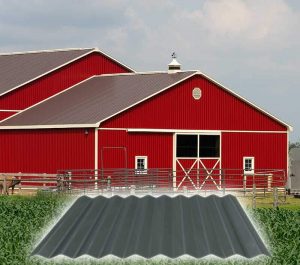
Agriculture
February 28, 2024
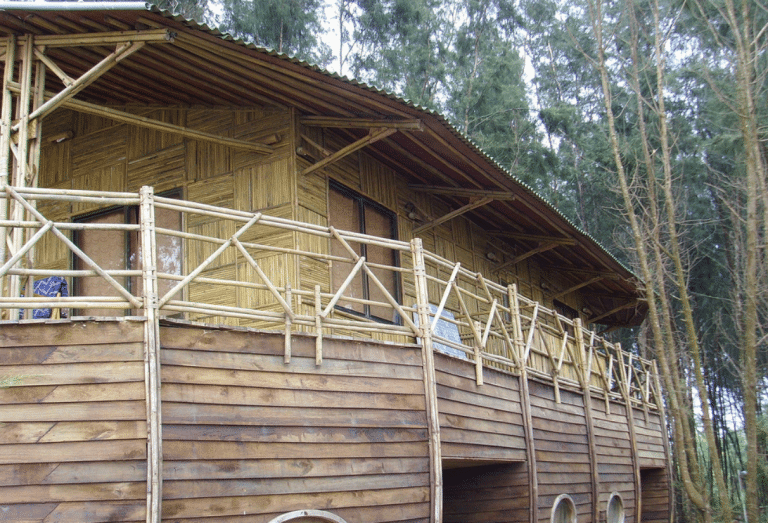
Updated on March 7, 2024
·Created on October 1, 2018
Prefabricated Engineered Bamboo Panels are a construction system based on treated bamboo used in composite panels.
Prefabricated Engineered Bamboo Panels are made using laminated bamboo panels that are glued together, composites made with chips and slivers, and added material (similar to plywood), particle board, fiber board and mat board. These panels can be used as walls, roof or flooring material. There are also door or window panels. There is a wide array of panels depending on the purpose, varying in mechanical properties, size, or shape.
Target SDGs
SDG 11: Sustainable Cities and Communities
SDG 9: Industry, Innovation and Infrastructure
Market Suggested Retail Price
$2.67
Market Suggested Retail Price (Secondary Currency)
40
Target Users (Target Impact Group)
Household, Community, NGOs
Distributors / Implementing Organizations
International Network for Bamboo and Rattan (INBAR), DRM Investments, PreFabMarket, Moladi, Indian Plywood Industries Research and Training Institute (IPIRTI), Bamboo Living, Eco-Logic, among others
Regions
Worldwide
Manufacturing/Building Method
The panels are produced in a facility and then delivered to the construction site, where they are assembled.
Intellectural Property Type
Patent
User Provision Model
Users obtain the product directly from the manufacturer or through a general contractor.
Distributions to Date Status
Unknown
Unit dimensions (cm)
N/A
Primary materials
Bamboo
Complimentary materials
None
Fire Resistance (hr)
Ignition critical flux of 14 kW/m2
Thermal Insulation Capacity
Bamboo has a slightly lower thermal insulation capacity than wood.
Compressive Strength (MPa)
Depending on the bamboo species, the compression strength is between 40 and 80 N/mm2. This is higher than wood, brick, or concrete. This varies depending on the panel.
Suitable Climates
Tropical, subtropical, or temperate zones
Design Specifications
Prefabricated engineered bamboo panels come in various sizes and shapes. The bamboo products are available as glue-laminated panels, composites, particle board, fibre board and mat board. The process to make each type vary slightly, and so do their mechanical properties.
Technical Support
Technical support would be provided by the manufacturer, distributor, or a general contractor.
Replacement Components
Depends on the type of panel. In some, bamboo strips could be replaced or patched with filling. The complete panel could be replaced if needed.
Lifecycle
Varies depending on type of panel and chemical treatment.
Manufacturer Specified Performance Parameters
Prefabricated engineered bamboo panels offer good mechanical properties, accessibility, sustainability, and versatility.
Vetted Performance Status
Strength properties and suitability for the construction of various types of panels.
Safety
Workers are subject to the general risks of working from heights and with tools.
Complementary Technical Systems
None.
Academic Research and References
Santos, H. F. A., 2015, Thermo-hydro-mechanically modified cross-laminated Guadua-bamboo panels, University of Bath.
Wang, J. S., Demartino, C., Xiao, Y., & Li, Y. Y., 2018, Thermal insulation performance of bamboo-and wood-based shear walls in light-frame buildings, Energy and Buildings, 168, 167-179.
Puri, V.,Chakrabortty, P., 2017, Behavior of Sustainable Prefabricated Bamboo Reinforced Wall Panels Under Concentrated Load, International Conference on Sustainable Insfrastructure.
Shen-xue, J., Qi-sheng, Z. Shu-hai, J., 2002, On Structure, production, and market of bamboo-based panels in China,
Mena, J., Vera, S., Correal, J. F., & Lopez, M., 2012, Assessment of fire reaction and fire resistance of Guadua angustifolia kunth bamboo, Construction and Building Materials, 27(1), 60-65.
Dagilis, Trevor, 1999, ??Bamboo Composite Materials for Low-Cost Housing, Queen’s University, Pages 178-202.
Hoogendoorn, Coosje; Frith, Oliver, 2012, Bamboo Construction for Development
Chu, Jennifer, 2014, Building up bamboo, MIT
Naresworo Nugroho, Naoto Ando, 2000, Development of structural composite products made from bamboo 1: fundamental properties of bamboo zephyr board
“ISO 22156:2004: Bamboo — Structural design”, ISO, accessed on March 7, 2024, https://www.iso.org/obp/ui/#iso:std:iso:22156:ed-1:v1:en
“ASTM D1037-12(2020) Standard Test Methods for Evaluating Properties of Wood-Base Fiber and Particle Panel Materials”, accessed on March 7, 2024, https://www.astm.org/d1037-12r20.html
Compliance with regulations
It depends on the specific panel. The International Organization for Standardization (ISO) has a code (ISO 22156) for Bamboo Structural Design, including bamboo panels.
Evaluation methods
Tests done on wood-based panels (such as ASTM D1037) can be applied to bamboo panels.
Other Information
The bamboo must be engineered to extend its life expectancy. Untreated bamboo has an average durability of less than two years.
Distributors
https://www.drmprefab.com/africa
https://www.facebook.com/prefabmarket/
https://www.oriental-bamboo.co.za/products/eco-logic-bamboo-boards.html
Patents:
https://patents.google.com/patent/WO2007061589A3/en
https://patents.google.com/patent/US8389056
https://patents.google.com/patent/US20100071295
“Where Bamboo grows”, Bamboo Grove, accessed on March 7, 2024,
https://www.bamboogrove.com/where-bamboo-grows.html

Agriculture
February 28, 2024
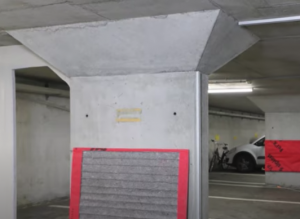
Agriculture
January 28, 2024
Implemented by
Enerdrape

Agriculture
February 23, 2024
Implemented by
Matthew Baldwin
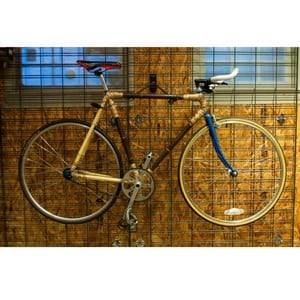
Agriculture
August 4, 2024
Implemented by
Hatch International
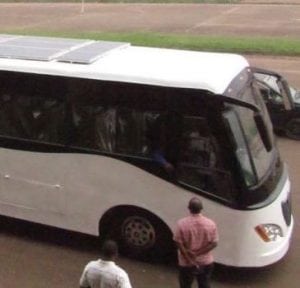
Agriculture
June 23, 2024
Implemented by
Kiira Motors Corporation

Agriculture
June 18, 2024
Implemented by
SES S.A.

Agriculture
June 22, 2024
Implemented by
OX Global Ltd
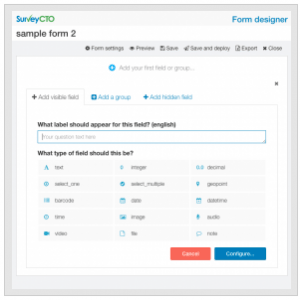
Agriculture
June 4, 2024
Implemented by
Dobility Inc

Agriculture
June 19, 2024
Implemented by
BRCK
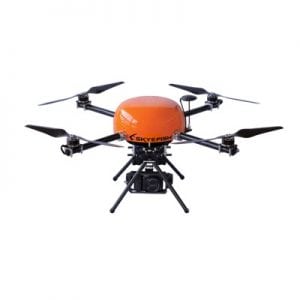
Agriculture
June 12, 2024
Implemented by
Skyfish
Have thoughts on how we can improve?
Give Us Feedback